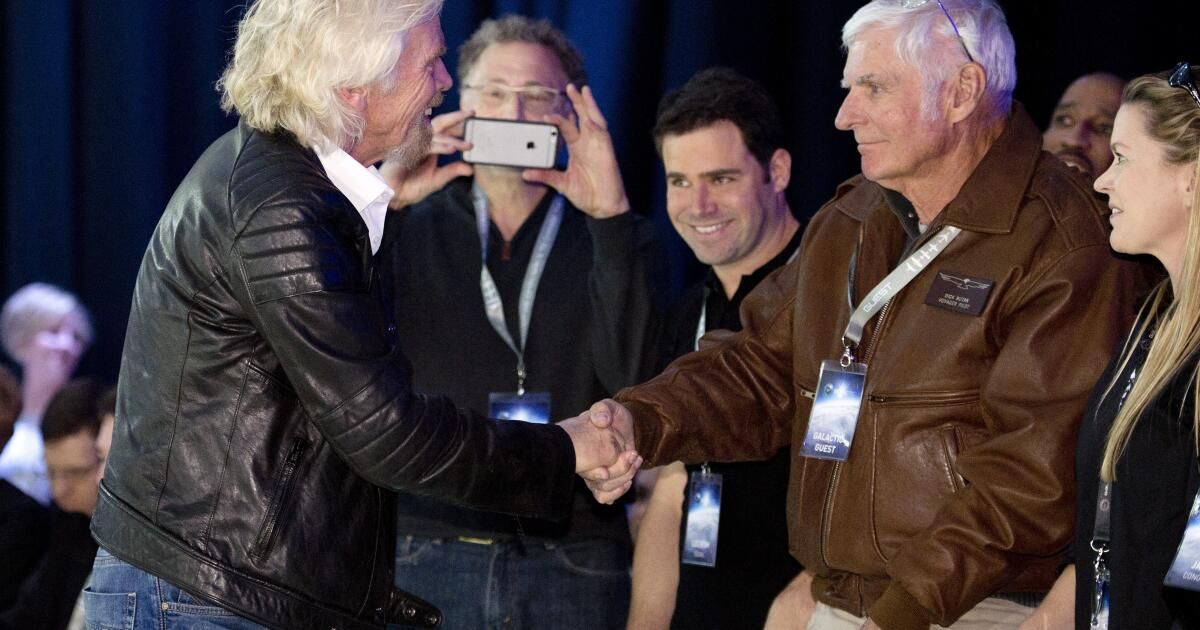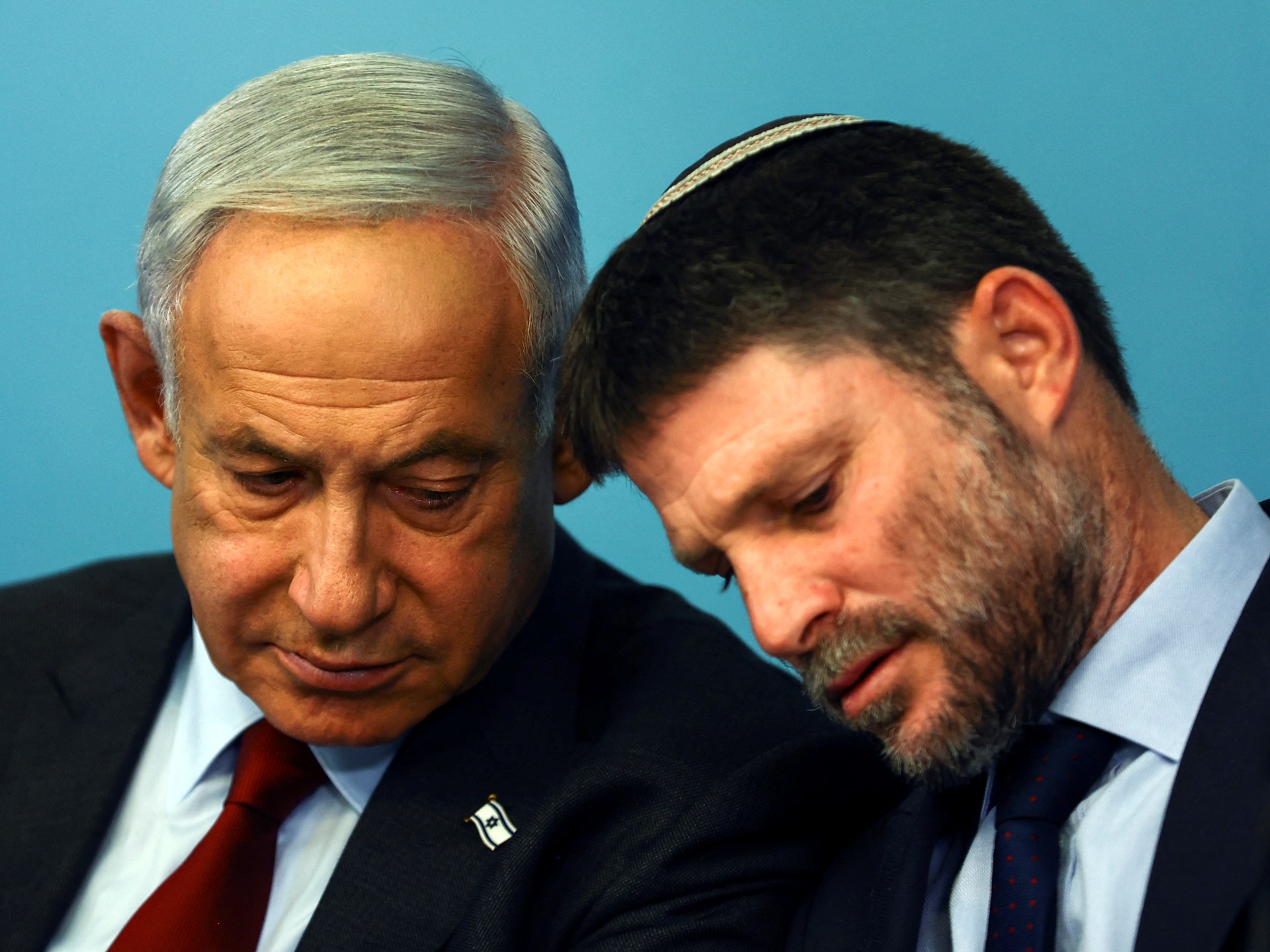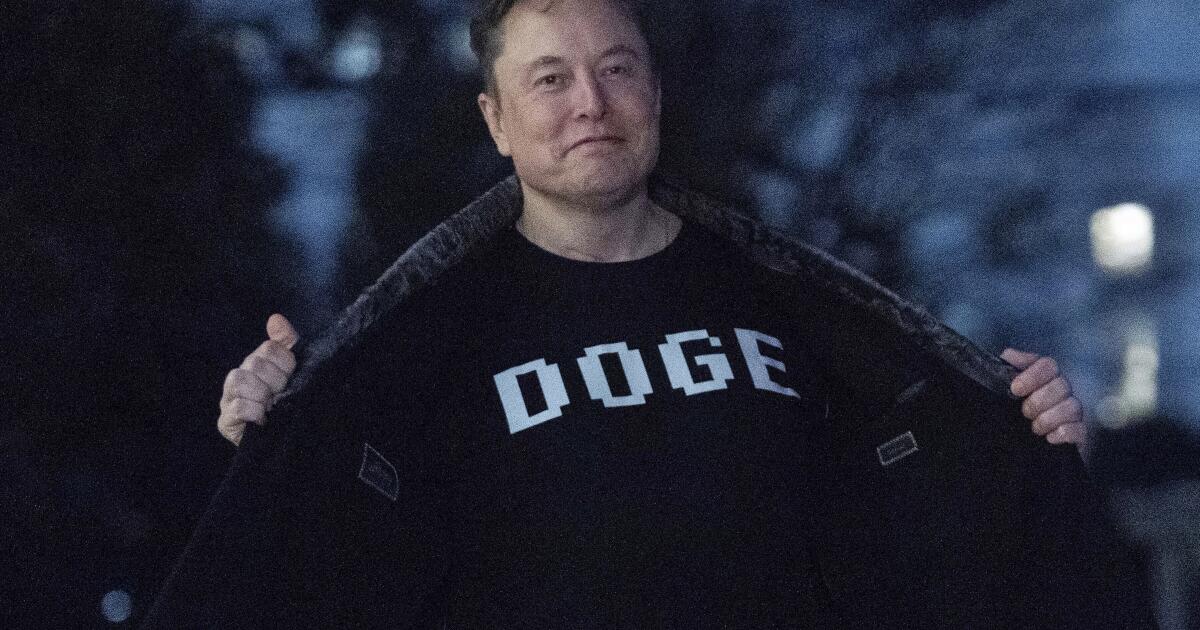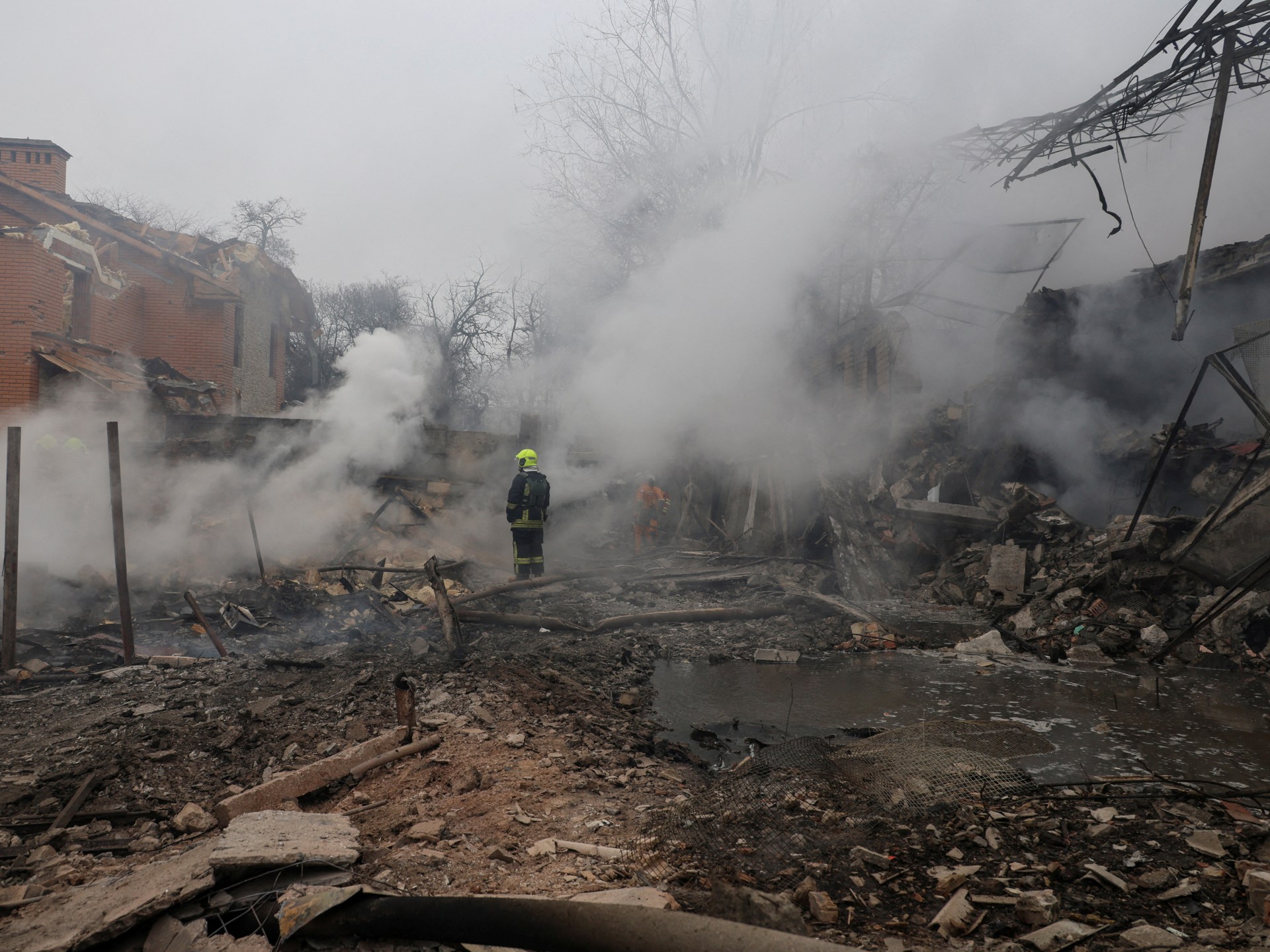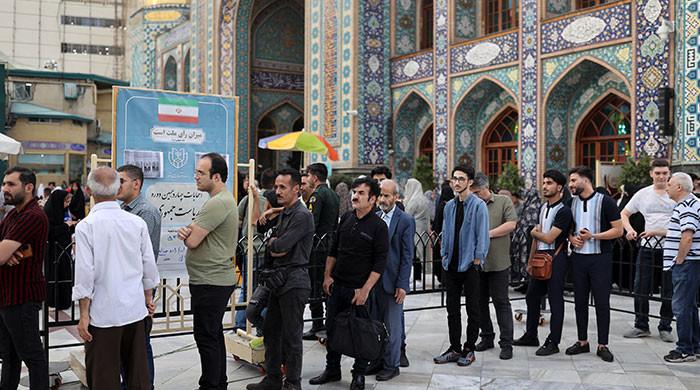Even as a young boy growing up in the small Central Valley town of Dinuba, Dick Rutan knew he wanted to be a pilot. Every time he heard a plane, he looked up and it seemed like the sky was calling him.
“I wanted to get there,” Rutan recalled. “Those contrails from the big planes overwhelmed me. “My destiny was to fly.”
He began lessons at age 15, flew solo when he turned 16, and had a flight instructor rating by the time he graduated from high school. He would go on to fly more than 300 combat missions in Vietnam, but those were the least of his accomplishments.
In 1986, the decorated aviator co-piloted the experimental Voyager aircraft around the world in nine days, taking off and landing at Edwards Air Force Base in the Mojave Desert without stopping or refueling, one of aviation's greatest milestones.
“It's a great adventure,” said a reeling Rutan, after the nationally televised landing watched by President Reagan.
Rutan died Friday at a hospital in Coeur d'Alene, Idaho, after suffering a lung infection. His brother Burt Rutan, an aerospace engineer who designed the slim Voyager, was at his bedside. Rutan was 85 years old.
Co-pilots Dick Rutan and Jeana Yeager after a test flight of their Voyager aircraft over the Mojave Desert on December 19, 1985.
(Doug Pizac/Associated Press)
After 20 years in the Air Force, Dick Rutan joined his younger brother's Mojave aircraft company as a production manager and chief test pilot, but resigned to found Voyager Aircraft Co. with a single goal in mind: complete the record flight.
The round-the-world trip was the product of six years of planning, development and testing, supported by grassroots donations when Rutan and his co-pilot, Jeana Yeager, his girlfriend at the time, couldn't reach an agreement for corporate sponsorship. . (Yeager is no relation to famed test pilot Chuck Yeager.)
The twin-engine Voyager was built from a lightweight graphite-honeycomb composite. It had a small cabin and a disproportionate wingspan of nearly 111 feet that allowed it to carry more than four times its weight in fuel (1,500 gallons tipping the scales at nearly 9,000 pounds), making it uncomfortable to sleep in and ungainly to fly.
It took off from Edwards at 8:02 a.m. on December 14, a Sunday, and was barely airborne when its fuel-laden wingtips scraped the runway. During the trip, Rutan and Yeager exchanged piloting duties while the other tried to sleep. Along the way, they battled tropical storms and avoided disaster when an engine died just 450 miles from home. They were able to restart it.
When they landed 24,986 miles later, thousands of people applauded and both pilots weighed about 10 pounds less. They, along with Burt Rutan, would meet with the president, who awarded each of them the Presidential Citizens Medal. Voyager was chosen by the Smithsonian National Air and Space Museum in Washington to be included in its collection of historic aircraft.
“He played an airplane like someone plays a grand piano,” Burt Rutan said of his brother.
Dick Rutan rose to fame and was in demand on the speaking circuit, but he didn't get the fortune he expected after scrimping for years to get Voyager to the top. (His brother would go on to design SpaceShipOne, the first privately funded, manned ship to enter space, launching an entirely new industry.)
In 1992, Rutan ran for Congress against Democratic Representative George Brown Jr. in California's 42nd Congressional District in the Inland Empire. Rutan, the surprise winner of the Republican primary, was defeated in the general election.
The pilot never lost his taste for pushing the limits of aviation. In 1998, when he was 59, he and a co-pilot attempted to become the first balloonists to fly nonstop around the world. But the duo had to jump and parachute to safety when the craft suffered a helium leak shortly after takeoff in New Mexico.
Rutan shrugged and noted that he had had to abandon planes twice before, including once in Vietnam when his plane was shot out of the sky. (The global circumnavigation was achieved the following year by a pair of Swiss and British aeronauts).
Not one to turn down an adventure, he was stranded at the North Pole for several days two years later when the Russian biplane carrying him and four others landed and partially sank into the ice. He wasn't looking for a record, he just wanted to check the pole.
Rutan set another aviation record in 2005 when, at age 60, he flew about 10 miles in a ground-launched rocket-powered plane.
Greg Morris, president of Scaled Composites, a Mojave aerospace company founded by Burt Rutan, said that when he was about 7 years old he met the aviation pioneer and, over the years, always found him generous and welcoming.
“Larger than life, in every sense of the word,” Morris said, noting Rutan's legacy with Voyager, as a test pilot and in the military, where he earned a Silver Star, five Distinguished Flying Crosses, 16 Air Medals and a Purple Heart. . “Any one of those contributions would make a legend in aviation. All of them together, in one person, is simply inconceivable.”
Born July 1, 1938 in Loma Linda, Rutan is survived by his wife of 25 years, Kris Rutan; daughters Holly Hogan and Jill Hoffman, from a previous marriage; and grandchildren Jack, Sean, Noelle and Haley.
The Associated Press contributed to this article.

